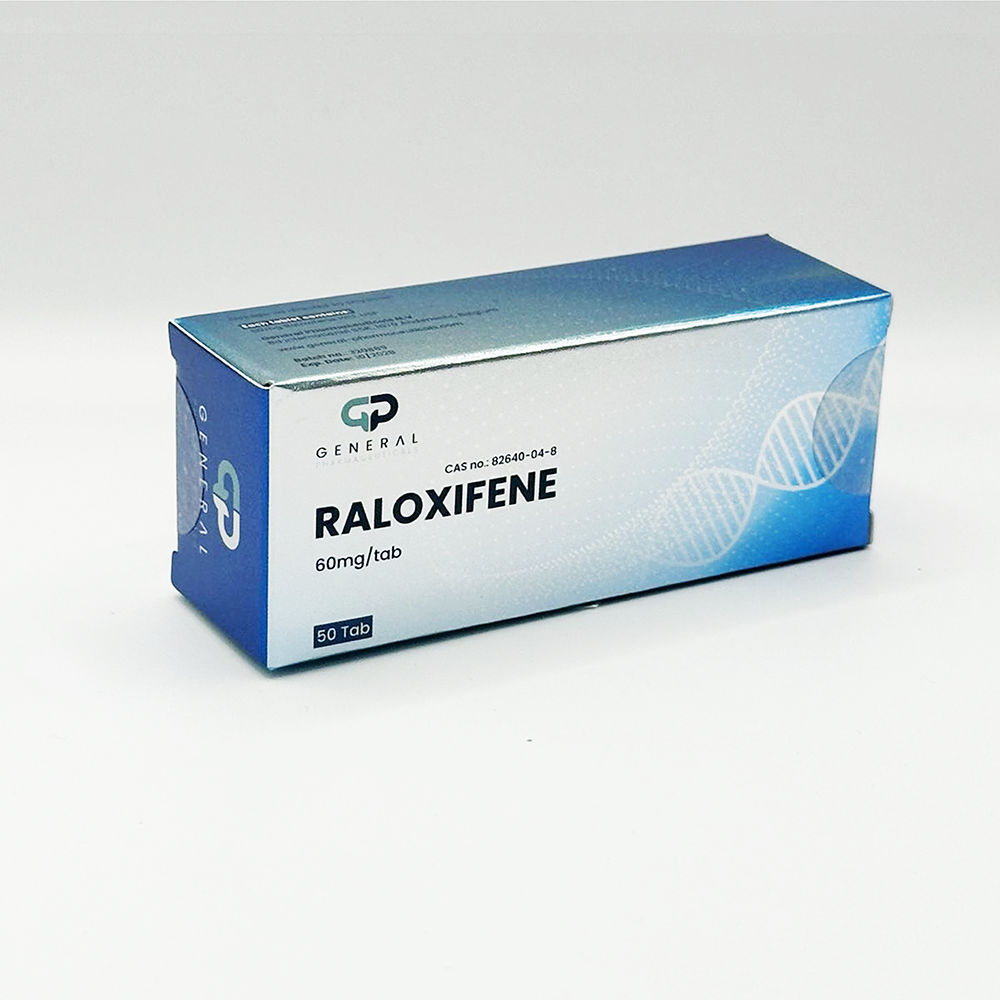
Raloxifene
Raloxifene is a selective estrogen receptor modulator (SERM) widely used in the prevention and treatment of osteoporosis in postmenopausal women. It offers a unique dual action, mimicking estrogen’s beneficial effects on bone density while countering its adverse effects in breast and uterine tissues. Its protective properties make it a valuable option for managing specific health concerns in women.
Medical Uses
Raloxifene is primarily prescribed for the prevention and treatment of osteoporosis in postmenopausal women. By increasing bone mineral density and reducing the risk of vertebral fractures, it plays a critical role in maintaining skeletal health. Additionally, raloxifene has been shown to reduce the risk of invasive breast cancer in postmenopausal women with osteoporosis or at high risk of breast cancer. Its focused action minimizes the need for more aggressive treatments in certain patient populations.
Mechanism of Action
Raloxifene acts by binding to estrogen receptors in various tissues, exhibiting estrogen-agonistic or antagonistic effects depending on the target organ. In bone tissue, it functions as an estrogen agonist, promoting bone density by reducing bone resorption. In contrast, raloxifene behaves as an estrogen antagonist in breast and uterine tissues, preventing the proliferation of estrogen-sensitive cells, which contributes to its role in breast cancer risk reduction.
Side Effects
Common side effects of raloxifene include hot flashes, leg cramps, and flu-like symptoms. Less frequently, it may increase the risk of blood clots, such as deep vein thrombosis (DVT) or pulmonary embolism. Women with a history of venous thromboembolism or other clotting disorders should avoid raloxifene due to these risks. Patients may also experience swelling, rash, or gastrointestinal discomfort, though these are generally mild.
Interactions
Raloxifene may interact with other medications, particularly those affecting blood clotting, such as anticoagulants and aspirin. It can also alter the efficacy of certain thyroid medications if taken concurrently. Patients should disclose all medications, including over-the-counter drugs and supplements, to their healthcare provider to ensure safe use and avoid potential interactions.

